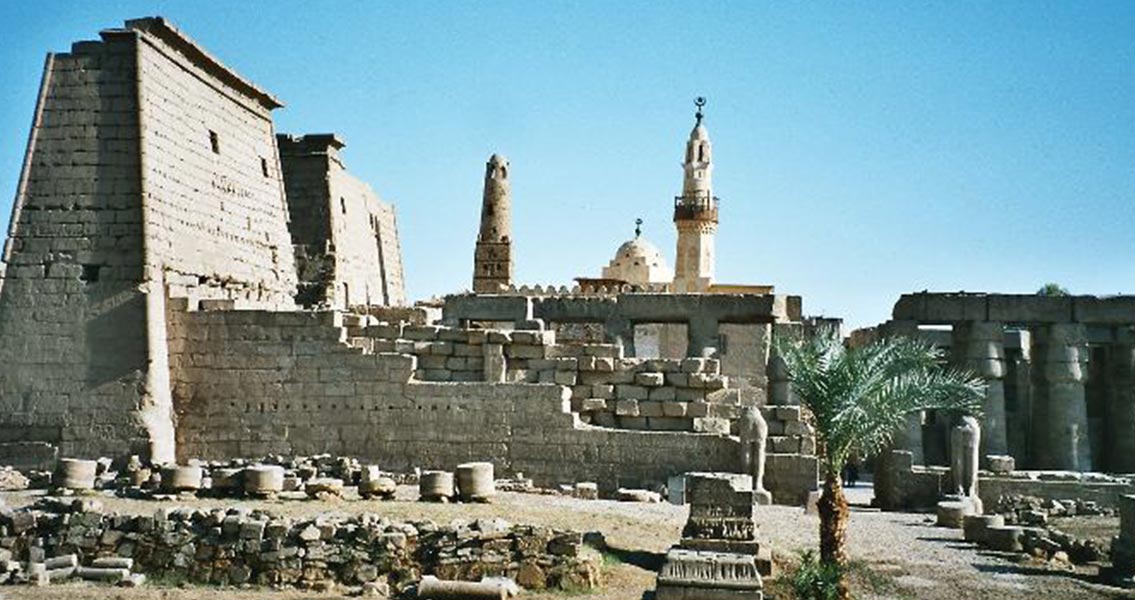<![CDATA[Archaeologists have just unveiled a restored statute of Amenhotep III. The statue collapsed after it was damaged by an earthquake over 3000 years ago. The archaeological team have restored the statue in the Egyptian temple city of Luxor. The statue stands at the northern gate of the king's funerary temple on the west bank of the Nile, where it was originally positioned. This particular temple was already famous for its Memnon colossi - two 3,400-year-old statues of Amenhotep III, whose reign marked the political and cultural peak of ancient Egyptian civilisation. Standing at 12.9 metres (43 feet) high, the recently restored statue is just west of another effigy of the king which was restored in March. These are up to now the highest standing effigies of an Egyptian king in striding attitude, German-Armenian archaeologist Hourig Sourouzian, who heads the project to conserve the temple, told the Guardian. The twin Memnon colossi are 21 metres tall, but depict the pharaoh in a seated manner. Smashed into 89 large pieces of stone and numerous small fragments, the remains of the statue were found on the bed of the Nile. It had lain broken in pieces after an earthquake hit the site in 3,200 BCE. According to the Global Post, the reconstruction could only be achieved using a system of compressed air cushions and pulleys capable of lifting up to 70 tonnes. Stones were glued together with various types of resin, while steel spikes acted as additional supports. The monolith weighs a staggering 110 tonnes. "It's the best reconstruction of colossal (statues) in the world," the technical director of the operation, Spanish archaeologist and restoration expert Migual Angel Lopez, told Efe. The process of reconstruction begun in November, and the painstaking work has finally been finished. Endeavours to conserve the Amenhotep III temple are entirely funded through private donations, it has received no financial support from the Egyptian government. Striding confidently forward, the statue shows the king wearing the white crown of Upper Egypt. In both hands, he holds a papyrus scroll inscribed with his name. It is an exact match of the effigy next to it. His belt holds a falcon-headed dagger and is fastened with a rectangular clasp bearing the names of all the pharaohs. Pharaoh Amenhotep III became king at the age of twelve, after his father Thutmose IV died. For the first years of his reign, Amenhotep's mother ruled as regent. Amenhotep reigned over vast lands, stretching from the Euphrates to Sudan. That the biggest statues in Egypt are of him should be no surprise, he was an immensely powerful ruler who presided over a period of unprecedented prosperity and artistic achievement. During Amenhotep's rule, Egypt reached the zenith of its international power. Luxor, where the statue now stands, was originally home to 500,000 people. It is now a giant open-air museum of intricate temples and elaborate tombs. The reconstruction of this particular statue adds another artefact to the collection, allowing visitors to view the city as close to its original splendour as possible. Photo Credit: Wikimidea Commons User: Stahlkocher]]>
Newly-Restored Statue of Amenhotep Unveiled in Egypt
